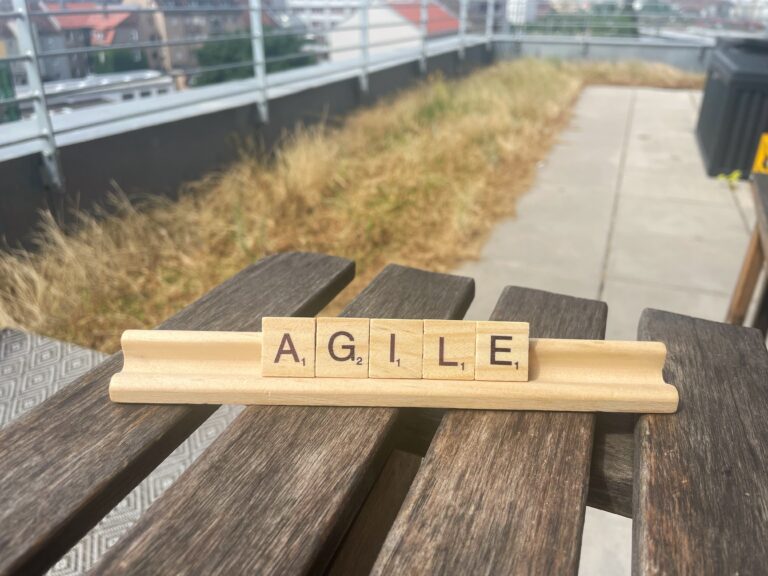In the evolving landscape of artificial intelligence, the art and science of prompt engineering has become a critical skill. This field focuses on designing and refining prompts to guide AI systems, particularly language models like OpenAI’s GPT-4, to generate desired outputs. Integrating Agile methodologies into prompt engineering can enhance efficiency, adaptability, and collaboration. Here’s how to do it effectively.
Understanding Prompt Engineering
Prompt engineering involves creating inputs that elicit specific responses from AI systems. This process requires understanding the model’s capabilities, iterating on prompt designs, and fine-tuning outputs for accuracy and relevance. It’s a blend of creativity, technical skill, and an understanding of natural language processing (NLP) nuances.
Applying Agile Principles to Prompt Engineering
In the evolving landscape of artificial intelligence, the art and science of prompt engineering has become a critical skill. This field focuses on designing and refining prompts to guide AI systems, particularly language models like OpenAI’s GPT-4, to generate desired outputs. Integrating Agile methodologies into prompt engineering can enhance efficiency, adaptability, and collaboration.
Prompt engineering involves creating inputs that elicit specific responses from AI systems. This process requires understanding the model’s capabilities, iterating on prompt designs, and fine-tuning outputs for accuracy and relevance. It’s a blend of creativity, technical skill, and an understanding of natural language processing (NLP) nuances.
Agile methodology emphasizes iterative development, collaboration, and flexibility. Originally developed for software engineering, its principles can be adapted to various fields, including AI prompt engineering. The core values of Agile—individuals and interactions, working solutions, customer collaboration, and responding to change—align well with the dynamic nature of AI development.
The first principle of Agile is iterative development and continuous feedback. In prompt engineering, this translates to developing prompts in short cycles, testing and refining them continuously merits of prompt engineering for agile user stories and many more. This helps in quickly identifying what works and what doesn’t. Involving stakeholders, such as end-users and data scientists, in the feedback process is crucial. Their insights help fine-tune prompts, ensuring they meet the desired objectives.
A collaborative environment is another Agile principle that can be applied to prompt engineering. Assembling cross-functional teams with diverse expertise—NLP specialists, domain experts, and UX designers—leads to more effective and nuanced prompt designs. Regular stand-up meetings to discuss progress, challenges, and ideas keep everyone aligned and foster a culture of continuous improvement.
Focusing on delivering value to the customer through close collaboration and understanding their needs is central to Agile. In prompt engineering, this means tailoring prompts to meet the specific needs and preferences of end-users. Conducting user research and usability testing ensures that prompts are intuitive and effective. Being prepared to pivot and adjust prompts based on user feedback and changing requirements is crucial for maintaining relevance and effectiveness.
Agile principles also emphasize embracing change. In prompt engineering, this involves developing flexible prompts that can be easily adapted and modified. Creating modular prompts allows for adjustments without starting from scratch. Staying updated with the latest advancements in AI and NLP is essential. Integrating new techniques and best practices into the prompt engineering process ensures that teams stay ahead of the curve.
To implement Agile prompt engineering effectively, start by clearly defining objectives and success criteria. This sets a clear direction and benchmarks for your iterations. Develop your initial set of prompts based on the defined objectives. Deploy these prompts in a controlled environment and collect feedback from users and stakeholders. Analyze the results to identify strengths and areas for improvement. Refine the prompts based on feedback and test again. Repeat this process, continuously improving and adapting the prompts to better meet the objectives. Once the prompts meet the success criteria, scale their deployment. Continue to monitor performance and optimize as needed, ensuring the prompts remain effective over time.
Conclusion
Integrating Agile methodologies into prompt engineering can significantly enhance the process, making it more efficient, adaptable, and collaborative. By applying Agile principles, teams can develop more effective prompts, respond quickly to changing requirements, and deliver greater value to users. As AI continues to evolve, the synergy between Agile and prompt engineering will become increasingly vital in creating intelligent, responsive, and user-friendly AI systems.



